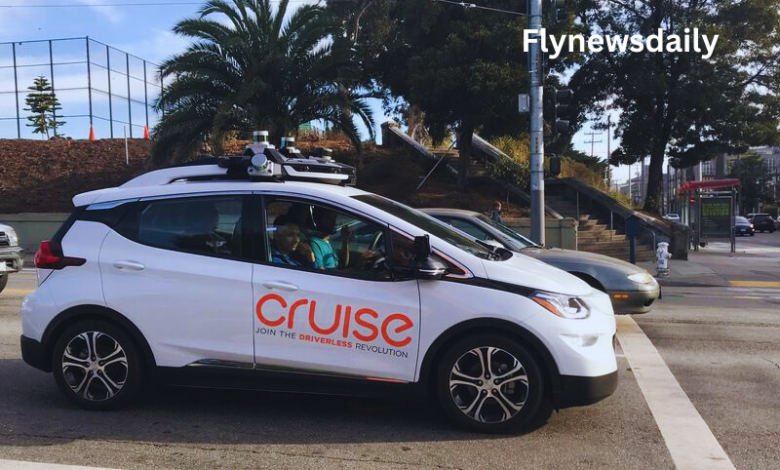
General Motors (GM) is leading the way in this revolution that the automotive industry is going through. GM has said that it will be stopping the production of a number of conventional automobile models, a daring step that demonstrates the company’s dedication to sustainability and innovation. This tactical change is a proactive move toward an era in which electric and driverless cars will predominate, as well as a reaction to shifting consumer preferences.
The End of an Era
GM has been associated for many years with some of the most recognizable automobile models ever produced. GM’s lineup has long been a mainstay of the automotive world, from the sturdy trucks that helped build America’s infrastructure to the elegant sedans that defined urban mobility. However, there is less and less demand for conventional combustion-engine vehicles as the world struggles with environmental issues and technological advancements. With GM’s decision to phase out these models, a chapter in automotive history has ended and a new one has begun.
Embracing Electric
A significant portion of GM’s budget is allocated to the development of electric vehicle (EV) technologies. By 2035, the corporation plans to have completely transitioned to an electric portfolio. The Ultium battery platform, which claims to give longer range, faster charging times, and lower costs, is being developed to meet this objective. GM is establishing itself as a market leader in electric vehicles with the introduction of models like the Chevrolet Bolt EV and the soon-to-be-released Hummer EV.
The Autonomous Frontier
Apart from electrification, GM is also making major advancements in autonomous driving. The corporation is testing and improving self-driving technology that has the potential to completely transform urban transportation through its subsidiary, Cruise. GM sees a world where mobility is safer, more efficient, and more accessible by doing away with the need for human drivers. The industry as a whole and the corporation see this to be an interesting new area because autonomous vehicles have the ability to lower pollution and traffic accidents.
Challenges and Opportunities
Although GM’s decision to abandon traditional auto models is a brave and vital one, it is not without difficulties. Infrastructure, research, and development expenditures must be significantly increased in order to make the switch to electric and driverless vehicles. In addition, the business has to overcome skepticism from customers and regulatory obstacles. But the advantages are much greater than the disadvantages. GM has the opportunity to establish itself as a leader in sustainable mobility and obtain a competitive advantage by spearheading this automotive revolution.
Conclusion
GM’s vision and flexibility are demonstrated by its decision to apply the brakes to conventional automobile models. By rapidly moving towards an electric and self-sufficient future, the company is not only reinventing itself but also establishing a novel benchmark for the sector. Though the path ahead may be unknown, GM is well-positioned to lead this revolution on wheels thanks to its inventive spirit and strategic insight.



